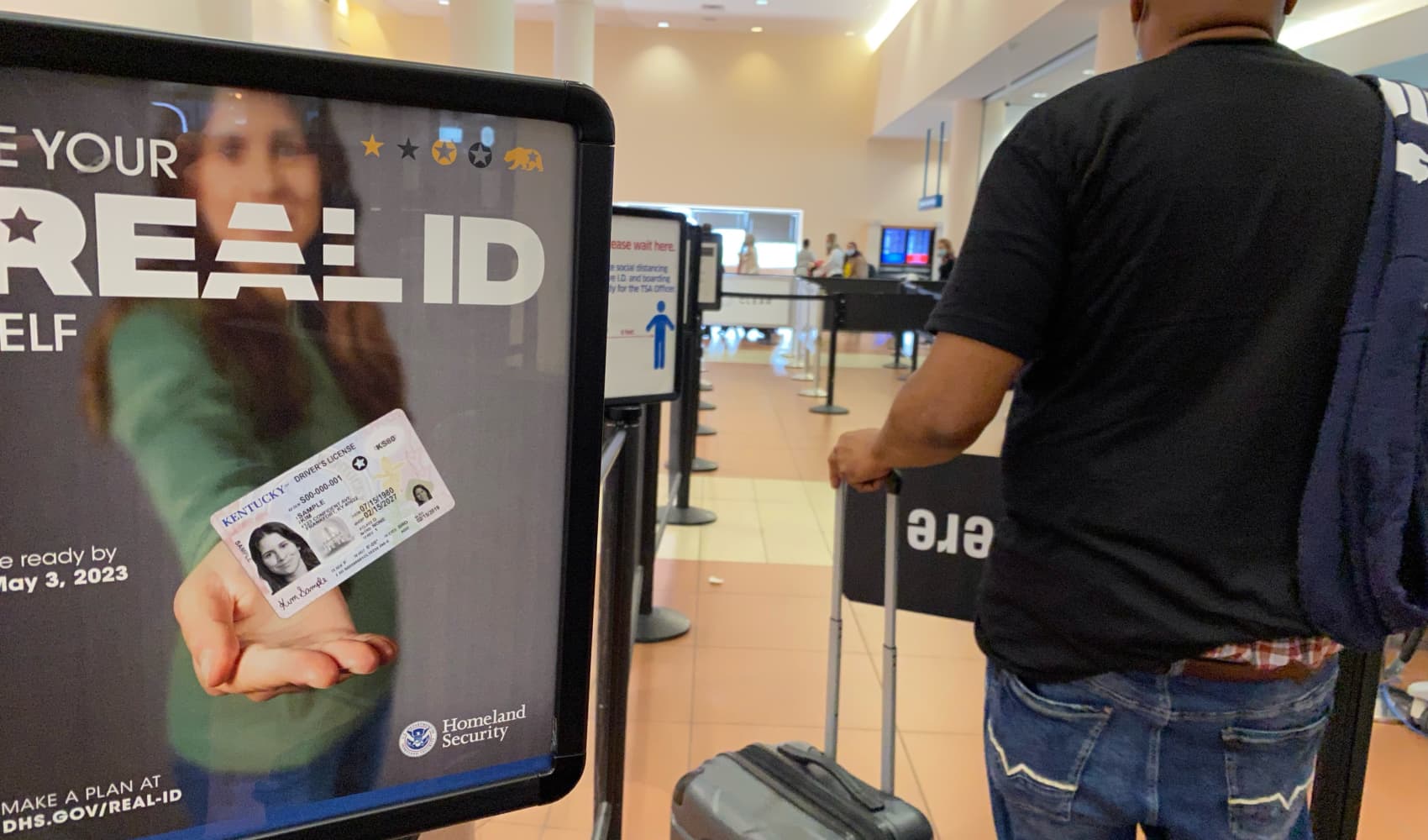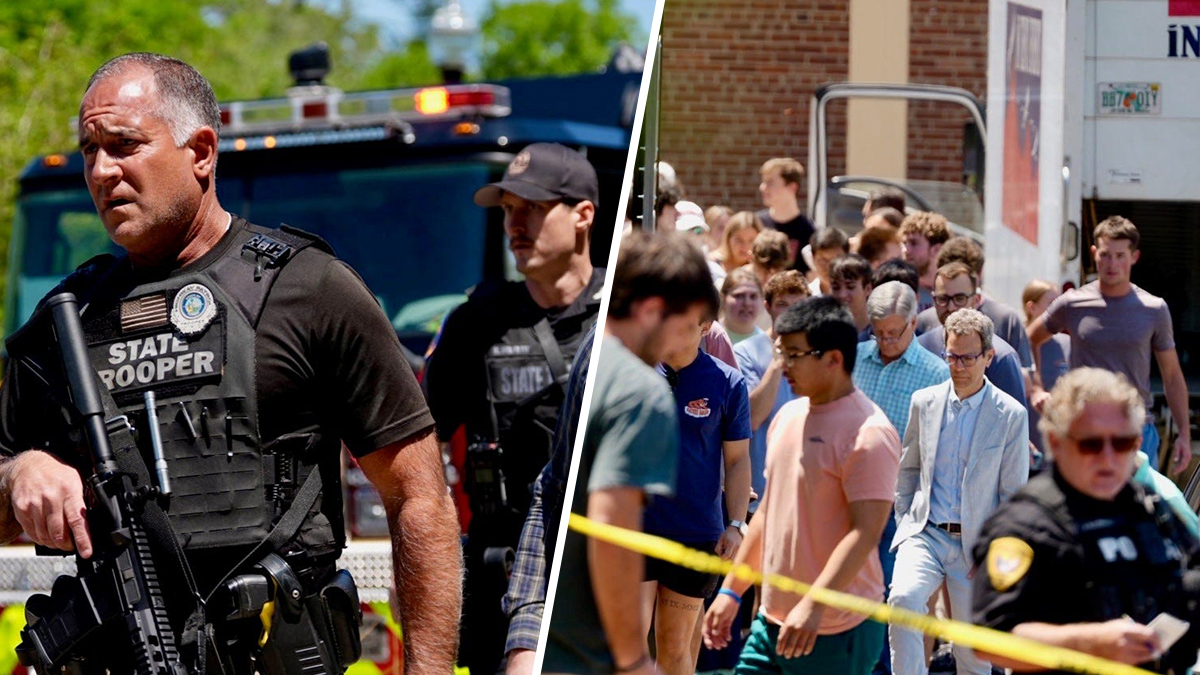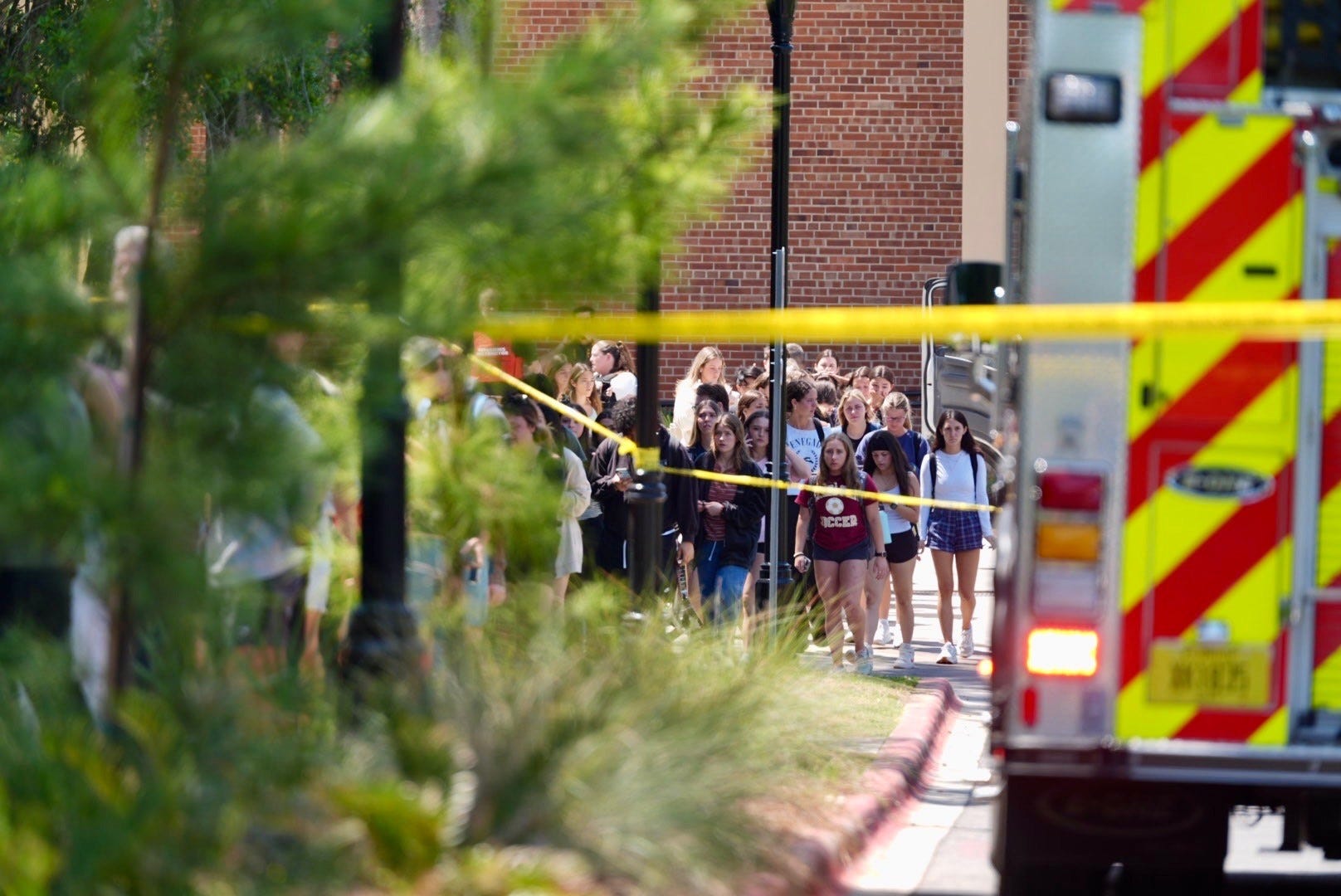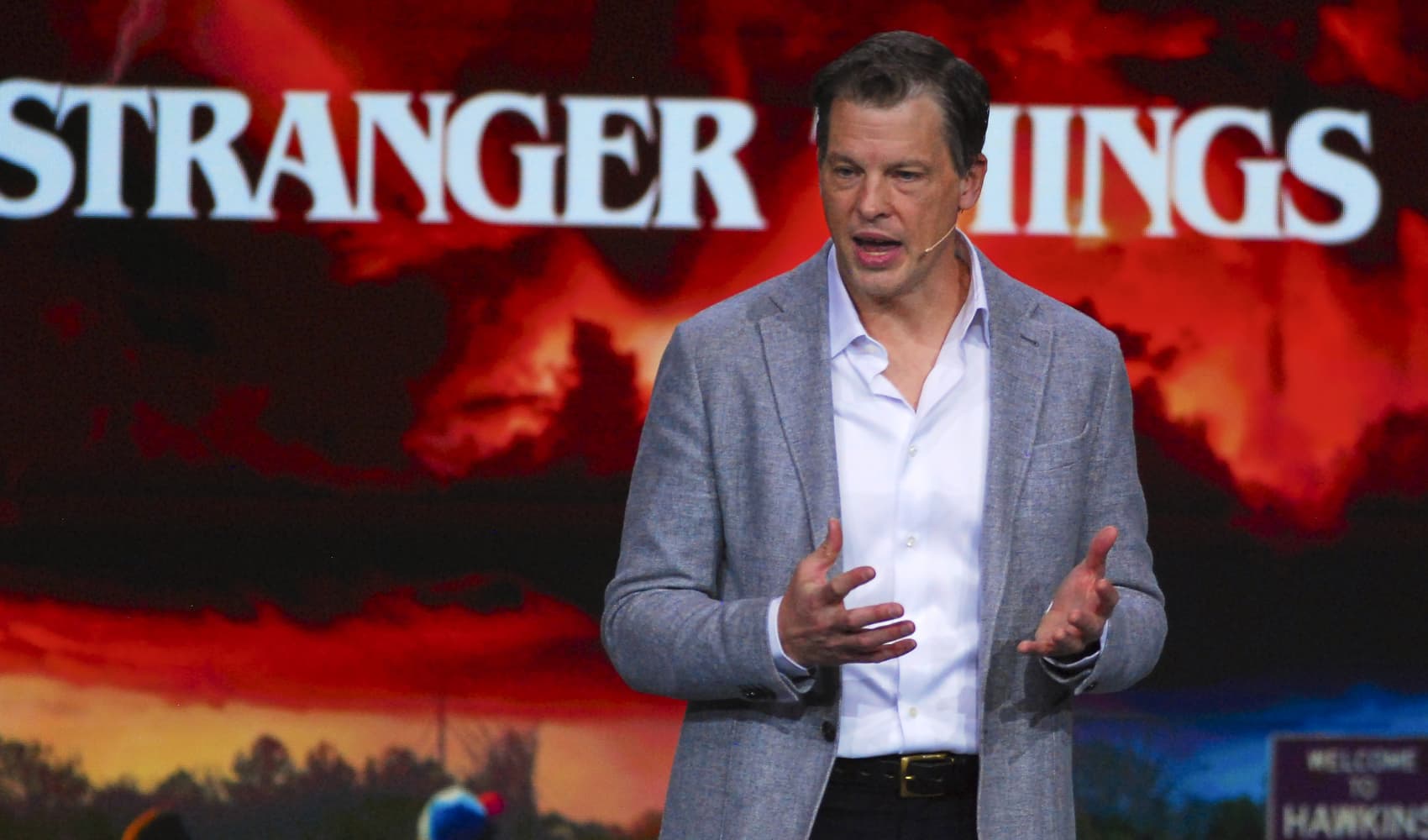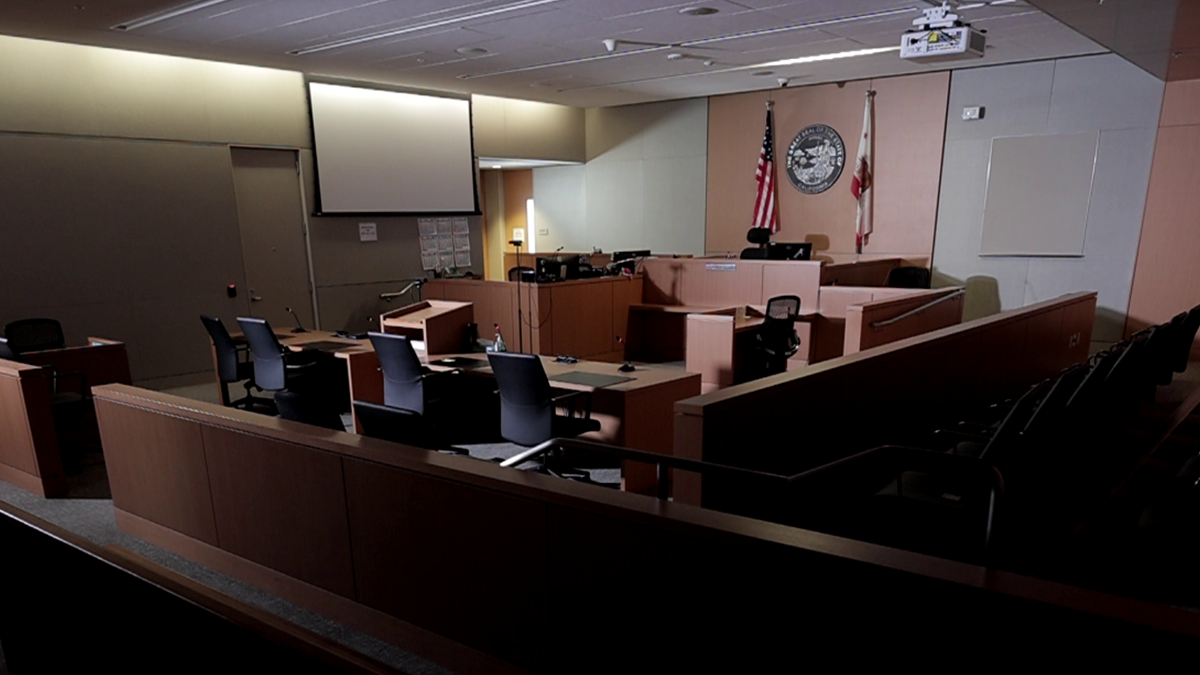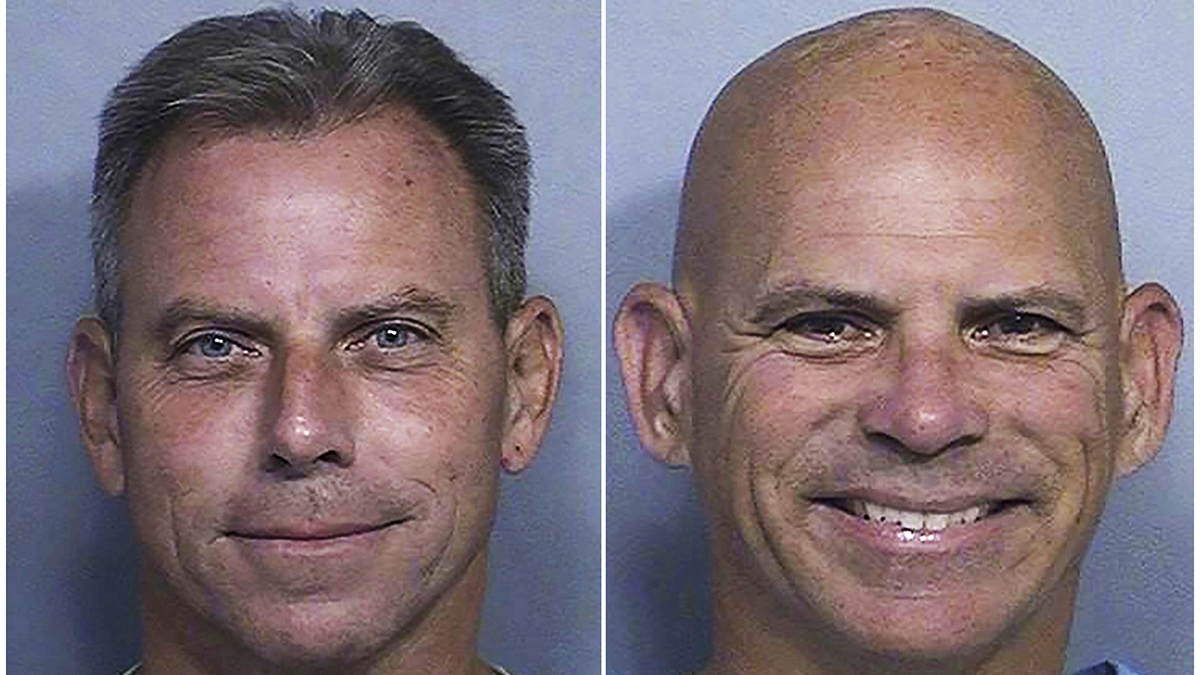REAL ID at NY Auto Show: Beat the Deadline Rush!
Get Your REAL ID at the New York Auto Show! Avoid the Rush!
Introduction: Ready to Cruise? Get REAL ID Ready!
Are you dreaming of your next vacation, maybe a sunny escape to the Caribbean? Or perhaps you're planning a cross-country road trip? Before you pack your bags and hit the road (or the skies!), there’s a small but crucial detail you need to take care of: your REAL ID. And guess what? The New York DMV is making it easier than ever by bringing their mobile office to the New York International Auto Show! That's right, you can admire the latest automotive innovations and get your REAL ID sorted at the same time. Talk about multi-tasking!
REAL ID at the Auto Show: What's the Big Deal?
Why This Matters: The REAL ID Deadline is Looming!
Starting May 7, 2025, you'll need a REAL ID-compliant driver's license or another acceptable form of identification (like a passport) to board domestic flights and enter certain federal facilities. Miss that deadline, and you might find yourself grounded! That's why the DMV is making it super convenient to get your REAL ID now, avoiding the last-minute rush and potential headaches.
Auto Show Convenience: Cars and Compliance!
Imagine this: you're strolling through the Jacob Javits Convention Center, marveling at the sleek designs and cutting-edge technology of the latest cars. Suddenly, you remember that REAL ID you've been meaning to get. Instead of adding "DMV visit" to your already packed schedule, you can simply pop over to the DMV's mobile office right there at the show. It’s like a one-stop shop for all things travel-related!
Where to Find the DMV at the Auto Show
Booth NC 1: Your REAL ID Destination
The DMV's mobile location will be at booth number NC 1, Second Level, North Concourse. So, navigate your way to that location, prepare your documents, and get ready to tick this important task off your list. It's practically a pit stop on your auto show adventure!
Dates to Remember: April 18-27
The New York International Auto Show runs from April 18 to April 27. This is your window of opportunity to get your REAL ID processed while enjoying the automotive spectacle. Don’t let it pass you by!
What You Need to Get Your REAL ID
Required Documents: Getting Your Ducks in a Row
Before you head to booth NC 1, make sure you have all the necessary documents. Think of it like gathering the right ingredients for a perfect recipe. You'll typically need:
- Proof of Identity: This could be your current driver's license, birth certificate, or passport.
- Proof of Social Security Number: Your Social Security card, a W-2 form, or a pay stub will usually do the trick.
- Proof of U.S. Residency: Two documents showing your current address, such as utility bills, bank statements, or mortgage statements.
It's always a good idea to double-check the specific requirements on the DMV's website before you go, just to be absolutely sure you have everything you need. Think of it like checking your tire pressure before a long drive – a little preparation can save you a lot of trouble!
Don't Forget the Fees! What to Expect.
There will be fees associated with getting your Real ID, so make sure you have an accepted form of payment ready to go. It would be a real bummer to complete the process and then be turned away because of a payment issue. Check the DMV's website for details on accepted payment methods.
Enhanced ID: Another Option for Border Crossings
Beyond REAL ID: Enhanced Options Available
Did you know that the DMV will also be processing Enhanced ID upgrades at the Auto Show? An Enhanced ID is more than just REAL ID compliant – it also allows you to cross the U.S. borders with Canada and Mexico by land and sea (but not by air). If you're a frequent traveler to our neighboring countries, this might be a worthwhile option to consider.
Enhanced ID Benefits: More Than Just Travel
An Enhanced ID can be particularly useful if you don't have a passport. It serves as proof of identity and citizenship, making border crossings a breeze. Think of it as a passport card alternative, offering convenience and peace of mind for your land and sea travels.
Why Get Your REAL ID Now? Beat the Rush!
Avoid the Last-Minute Scramble: Plan Ahead!
As the May 7, 2025, deadline approaches, DMV offices are likely to become increasingly crowded. Getting your REAL ID now at the Auto Show is a fantastic way to avoid the long lines and potential delays. It's like getting to the airport early – you'll have plenty of time to relax and enjoy the experience without feeling rushed.
Peace of Mind: Travel with Confidence
Knowing that you have your REAL ID sorted out will give you peace of mind whenever you travel. You won't have to worry about being turned away at the airport or denied entry to a federal building. It's like having a spare key – you might not need it all the time, but it's good to know it's there when you do.
The New York International Auto Show: More Than Just Cars
A Celebration of Automotive Innovation
The New York International Auto Show is a premier event for car enthusiasts, showcasing the latest models, technologies, and trends in the automotive industry. It's an opportunity to see concept cars, learn about electric vehicles, and get a glimpse into the future of transportation.
Family Fun and Entertainment
Beyond the cars, the Auto Show offers a variety of family-friendly activities and entertainment. There are interactive exhibits, driving simulators, and opportunities to meet automotive experts. It's a fun and educational experience for all ages.
Making the Most of Your Auto Show Visit
Plan Your Day: Prioritize Your Interests
With so much to see and do at the Auto Show, it's a good idea to plan your day in advance. Decide which exhibits you want to visit, check the schedule for any special events or presentations, and allocate enough time to get your REAL ID processed.
Wear Comfortable Shoes: You'll Be Doing a Lot of Walking!
The Jacob Javits Convention Center is a large venue, so you'll be doing a lot of walking. Wear comfortable shoes to avoid sore feet and make the most of your visit. Think of it like preparing for a marathon – you wouldn't want to wear dress shoes, would you?
Alternative Ways to Get Your REAL ID
Visiting Your Local DMV Office
If you can't make it to the Auto Show, you can still get your REAL ID by visiting your local DMV office. However, be prepared for potentially long wait times, especially as the deadline approaches. Booking an appointment online can help to reduce your wait time.
Online Resources: The DMV Website is Your Friend
The DMV's website is a valuable resource for information about REAL ID requirements, accepted documents, and office locations. Take advantage of online tools and resources to prepare for your visit and streamline the process.
REAL ID vs. Enhanced ID: Which is Right for You?
Weighing the Options: Travel Needs and Preferences
Choosing between a REAL ID and an Enhanced ID depends on your individual travel needs and preferences. If you primarily travel by air within the United States, a REAL ID is sufficient. If you frequently cross the U.S. borders with Canada and Mexico by land or sea, an Enhanced ID might be a better choice.
Passport Considerations: A Third Option
Of course, a valid U.S. passport is always an acceptable form of identification for both domestic and international travel. If you already have a passport, you may not need a REAL ID or an Enhanced ID at all. Consider your passport's expiration date and plan accordingly.
Conclusion: Get REAL ID Ready and Enjoy the Ride!
The New York DMV's presence at the International Auto Show presents a unique opportunity to get your REAL ID processed conveniently and efficiently. With the May 7, 2025, deadline looming, taking advantage of this opportunity can save you time, stress, and potential travel disruptions. So, head to booth NC 1 at the Jacob Javits Convention Center between April 18 and April 27, get your REAL ID sorted, and enjoy the ride!
Frequently Asked Questions (FAQs)
Q1: What happens if I don't get a REAL ID by the deadline?
A: Starting May 7, 2025, if you don't have a REAL ID-compliant driver's license or another acceptable form of identification (like a passport), you won't be able to board domestic flights or enter certain federal facilities.
Q2: What documents do I need to bring to get a REAL ID?
A: You'll need proof of identity, proof of Social Security number, and two documents proving your U.S. residency. Check the DMV's website for a complete list of accepted documents.
Q3: Can I renew my driver's license and get a REAL ID at the same time?
A: Yes, you can typically renew your driver's license and upgrade to a REAL ID at the same time. Check with the DMV for specific requirements and procedures.
Q4: Is an Enhanced ID the same as a passport?
A: No, an Enhanced ID is not the same as a passport. An Enhanced ID allows you to cross the U.S. borders with Canada and Mexico by land and sea, but not by air. A passport is valid for all forms of international travel.
Q5: What if I already have a valid U.S. passport? Do I still need a REAL ID?
A: If you have a valid U.S. passport, you don't necessarily need a REAL ID for domestic flights or entering federal facilities. However, a REAL ID can be useful as a convenient form of identification in other situations.
